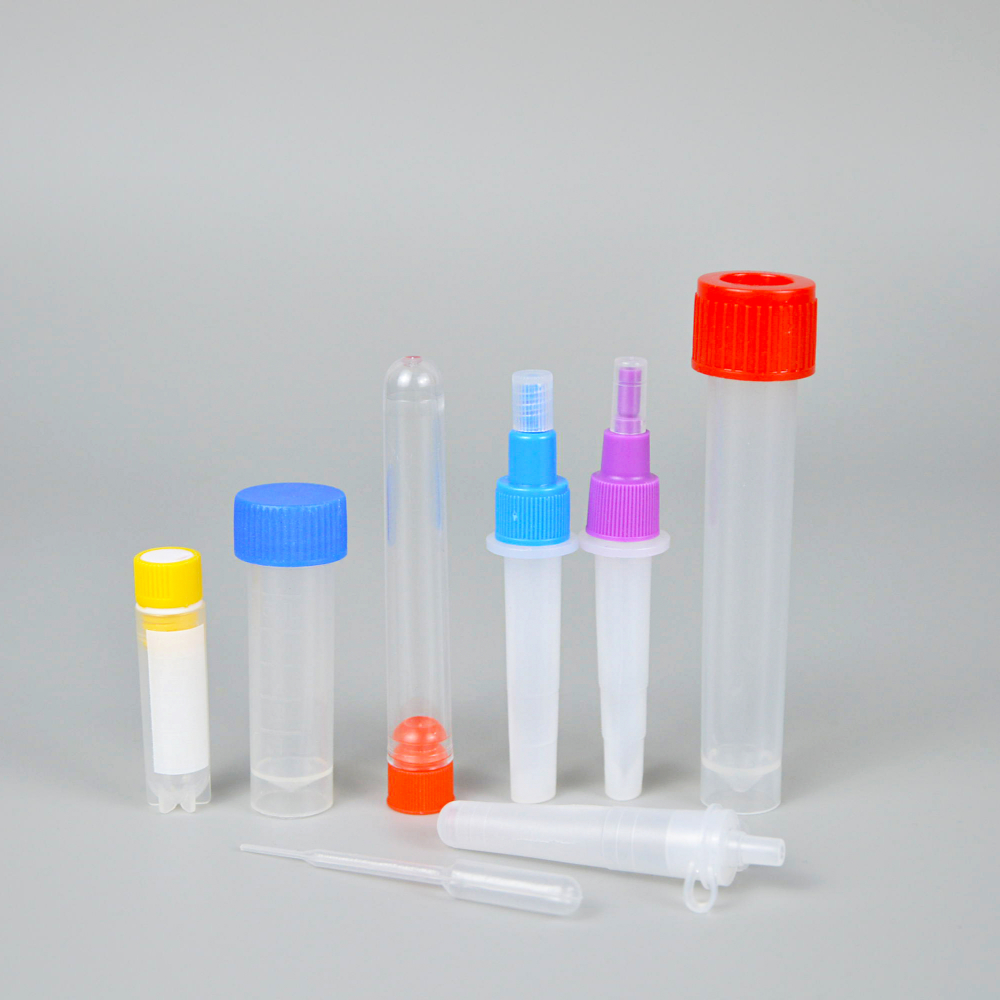Comprehensive Inventory of Essential Laboratory Supplies and Equipment
Understanding the Importance of a Well-Organized Laboratory Materials List
In any scientific endeavor, be it academic research, industrial development, or educational instruction, the organization and management of laboratory materials serve as fundamental pillars for success. A comprehensive laboratory materials list not only streamlines operations but also enhances safety and efficiency in the research or learning environment. This article will delve into the components of an effective laboratory materials list, its significance, and best practices for its development and maintenance.
Components of a Laboratory Materials List
A laboratory materials list typically includes a variety of items, which can be broadly categorized into consumables, equipment, and personal protective equipment (PPE).
1. Consumables These are items that are used and disposed of after a single use or a limited number of uses. Common consumables in a laboratory include test tubes, pipettes, reagents, petri dishes, and filters. An effective materials list should specify the quantity and type of consumables required for each project, ensuring that researchers do not run out at critical moments.
2. Equipment This category includes all the larger, more expensive items necessary for experiments, such as centrifuges, microscopes, fume hoods, and spectrophotometers. Each piece of equipment on the list should include details such as model numbers, specifications, and maintenance requirements.
3. Personal Protective Equipment (PPE) Safety is paramount in any laboratory setting, and a thorough materials list must include all necessary PPE, such as gloves, goggles, lab coats, and face shields. Listing these items is essential for ensuring compliance with safety regulations and fostering a culture of safety among laboratory personnel.
4. Specialized Materials Depending on the nature of the experiments being conducted, a laboratory may also require specialized materials, such as specific enzymes, cell cultures, or chemicals. Including these in the materials list ensures that researchers have access to all necessary components for their studies.
Significance of a Laboratory Materials List
The importance of a well-organized materials list cannot be overstated. Firstly, it enhances planning and organization, allowing researchers to anticipate their needs and prepare adequately. This is particularly crucial in research settings where funding is limited, and waste must be minimized.
laboratory materials list

Secondly, a materials list aids in budget management. By understanding what materials are necessary and their associated costs, laboratories can allocate funds more effectively, prioritize purchases, and avoid unexpected expenses. This is especially important in academic settings where grants and budgets may be tight.
Moreover, a comprehensive materials list contributes to safety in the laboratory. By maintaining an up-to-date inventory of materials, laboratories can swiftly identify outdated or unsafe items that need replacement. Furthermore, it ensures that all personnel have access to the necessary safety equipment to protect themselves during experiments.
Best Practices for Developing and Maintaining a Laboratory Materials List
To create an effective laboratory materials list, several best practices should be followed
1. Regular Updates The list should be reviewed and updated regularly. As research projects evolve, new materials may be required, and outdated items may need to be removed.
2. Collaboration Involve all laboratory personnel in the development of the list. This not only fosters a sense of ownership but also ensures that diverse perspectives are considered, leading to a more comprehensive list.
3. Utilization of Technology Utilize inventory management software or databases to keep track of materials. This can streamline the process of updating the list, tracking usage, and managing orders.
4. Clear Documentation Ensure that each item on the list has clear documentation regarding its use, storage, and safety information. This is particularly crucial for hazardous materials.
In summary, a well-organized laboratory materials list is a vital tool for any laboratory. It enhances efficiency, aids in budget management, improves safety, and ultimately contributes to the successful completion of scientific endeavors. By investing time and resources into creating and maintaining this list, laboratories can significantly enhance their operational effectiveness and foster a productive research environment.
-
Aesthetic Makeup Spray Bottles | Fine Mist Empty RefillableNewsAug.19,2025
-
White Plastic Veterinary Vaccine Vials | Lab Liquid BottlesNewsAug.18,2025
-
Plastic Medicine Liquid Bottle: Secure Flip Top Drug VialsNewsAug.17,2025
-
Durable 250ml Blue Plastic Vaccine Vial for Lab & Vet UseNewsAug.16,2025
-
Sterile Virus Sample Tubes: Secure & Reliable Specimen CollectionNewsAug.15,2025
-
White 250ml Plastic Vaccine Vial for Lab & Vet MedicineNewsAug.14,2025
























